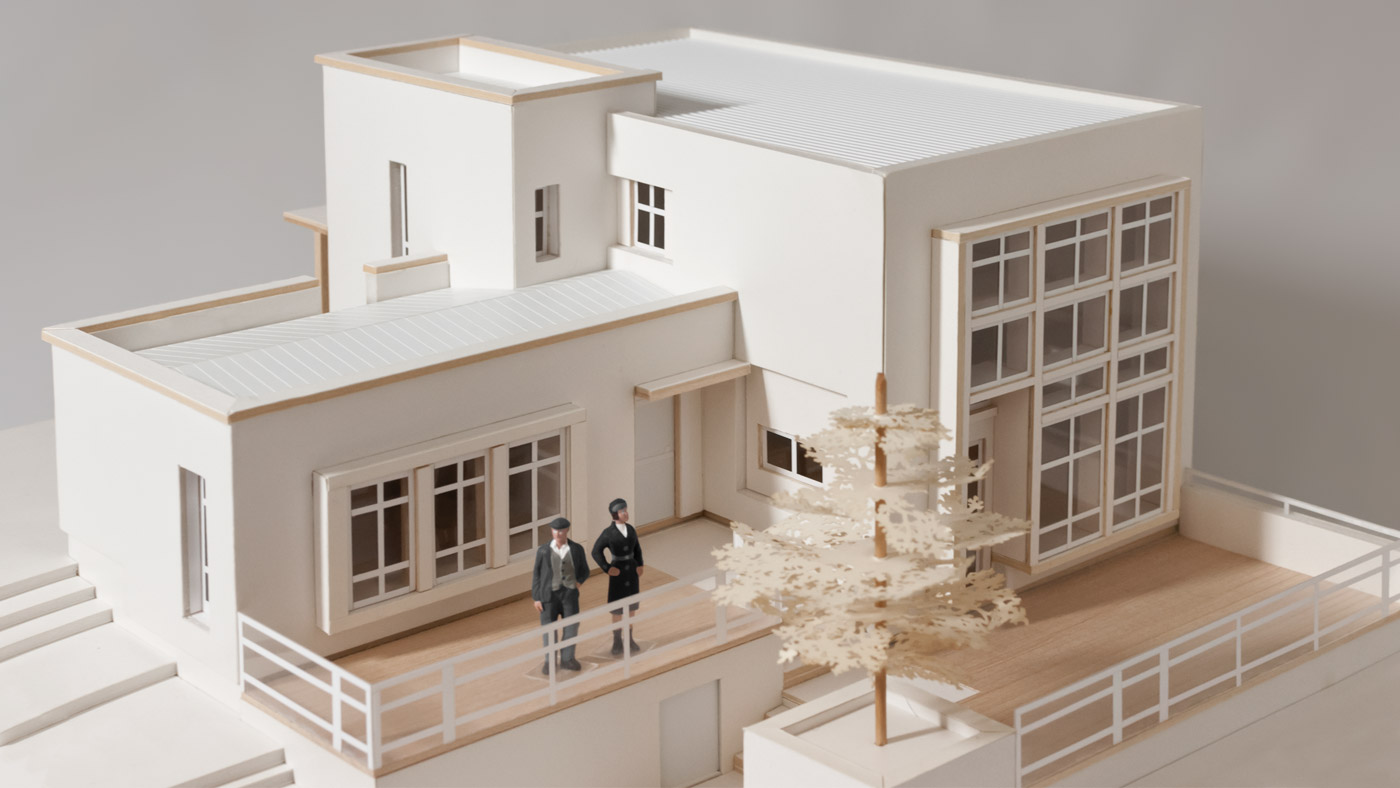Windows 11 introduces a refreshing look, stronger multitasking tools, and powerful features, but even with its modern design, many users encounter performance issues over time. The operating system can feel slower when startup apps, background processes, or storage clutter start to pile up. Knowing how to Speed up Windows 11 ensures that your device remains fast, reliable, and enjoyable to use. WindowsGizmo’s Best Settings Guide focuses on practical adjustments you can make to keep your computer running at its peak without the need for expensive hardware upgrades.
Why Performance Optimization is Essential
Every computer slows down eventually if it is not properly optimized. Temporary files, unnecessary animations, outdated drivers, and unused background services all contribute to sluggish performance. To Speed up Windows 11, you need to take control of these elements and fine-tune your settings for efficiency. Performance optimization is not only about making your PC faster but also about extending its lifespan and enhancing your overall productivity.
Managing Startup Behavior for Faster Boot
One of the most common complaints among Windows 11 users is the time it takes for the system to boot. The more programs that launch during startup, the longer the delay. If you want to Speed up Windows 11, managing your startup applications through Task Manager is a crucial step. By disabling unnecessary apps from loading right away, you free valuable system resources and allow your computer to reach the desktop in less time.
Controlling Background Processes
Windows 11 tends to allow many apps to run quietly in the background. While some of these are essential, many consume CPU, memory, and even network bandwidth unnecessarily. To Speed up Windows 11, adjusting background app permissions is a must. Restricting apps that you rarely use prevents them from wasting resources, resulting in quicker system responses and longer battery life on laptops.
Visual Effects and Responsiveness
The new design of Windows 11 is centered on elegance, with rounded corners, animations, and translucent elements. While these features are visually pleasing, they also place additional demand on hardware. Disabling or minimizing these effects is a proven way to Speed up Windows 11. By prioritizing system resources for performance rather than visuals, you can enjoy smoother operation and faster navigation between apps.
Power Settings for Better Speed
Power configuration is often overlooked when it comes to performance. Many devices are set to balanced or power-saving modes by default, which can restrict system speed. To Speed up Windows 11, adjusting your power plan to favor performance can make a noticeable difference. This is especially useful for desktops, where energy savings are less of a concern. A performance-oriented power setting allows the CPU and GPU to run at their full potential, delivering quicker responses across all tasks.
Storage Optimization and Cleanup
A cluttered storage drive can lead to slower boot times, longer file access delays, and reduced overall performance. Fortunately, Windows 11 comes with tools like Storage Sense and Disk Cleanup that help you remove temporary files and other unnecessary clutter. Enabling these tools is one of the easiest ways to Speed up Windows 11. Regularly cleaning your drive ensures that space is available for important processes, making your system more efficient in daily use.
Driver and System Updates
Updates play a major role in keeping Windows 11 fast and stable. Outdated drivers can cause errors, crashes, and slow performance, while missing security patches can compromise efficiency. To Speed up Windows 11, it’s essential to keep both system updates and driver updates current. Ensuring that hardware components like graphics, storage, and networking devices are running with the latest drivers prevents bottlenecks and keeps performance consistent.
Optimizing Memory and Virtual RAM
Random Access Memory (RAM) directly influences how many programs you can run smoothly at once. If your system often slows down while multitasking, optimizing virtual memory settings can help. By adjusting the paging file size, Windows can use part of your storage as temporary memory. This tweak can Speed up Windows 11 when physical RAM is limited, giving you smoother performance during demanding workloads.
Gaming and High-Performance Tasks
For gamers and professionals who use demanding software, performance settings are even more critical. Windows 11 includes features such as Game Mode and GPU scheduling that enhance frame rates and responsiveness. Activating these options helps to Speed up Windows 11 for entertainment and creative work. When properly configured, these tools ensure that your system allocates resources to the most important tasks, reducing lag and improving overall experience.
Security and Performance Balance
Windows 11 comes with advanced built-in security features that run continuously in the background. While these are important, they can sometimes add overhead during system startup and everyday tasks. To Speed up Windows 11, configure your security settings so they remain effective without creating unnecessary slowdowns. A balanced approach ensures your device stays safe without sacrificing responsiveness.
Regular Maintenance for Long-Term Speed
Just like any machine, your computer requires regular care to maintain peak performance. Cleaning storage, managing startup apps, applying updates, and reviewing background processes should become routine practices. Making these habits part of your workflow will consistently Speed up Windows 11 and prevent the frustration of a sluggish system over time. Preventive optimization is always easier than troubleshooting performance issues later.
Conclusion: Unlock the Best of Windows 11
Windows 11 was designed to deliver a fast, modern, and visually appealing computing experience, but only when it is properly optimized. By learning how to Speed up Windows 11 with WindowsGizmo’s Best Settings Guide, you can transform your PC into a smoother, more responsive system. From adjusting startup programs and managing background apps to updating drivers and optimizing storage, every small change adds up to a noticeable boost.
Instead of waiting for slow boot times and laggy responses, you can take control of your settings today. Apply these strategies consistently, and you will not only Speed up Windows 11 but also enjoy a more productive, efficient, and enjoyable computing experience for years to come.



